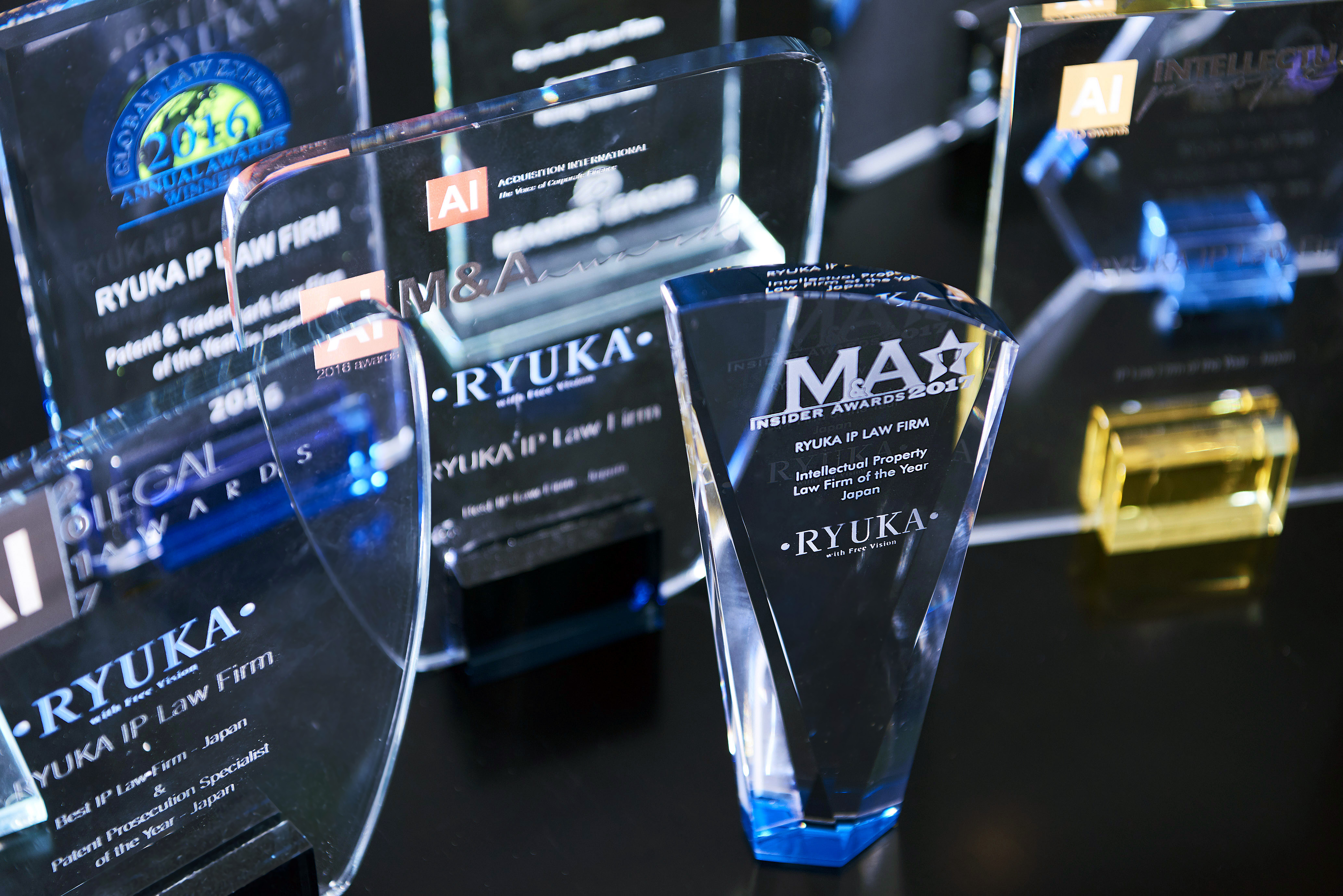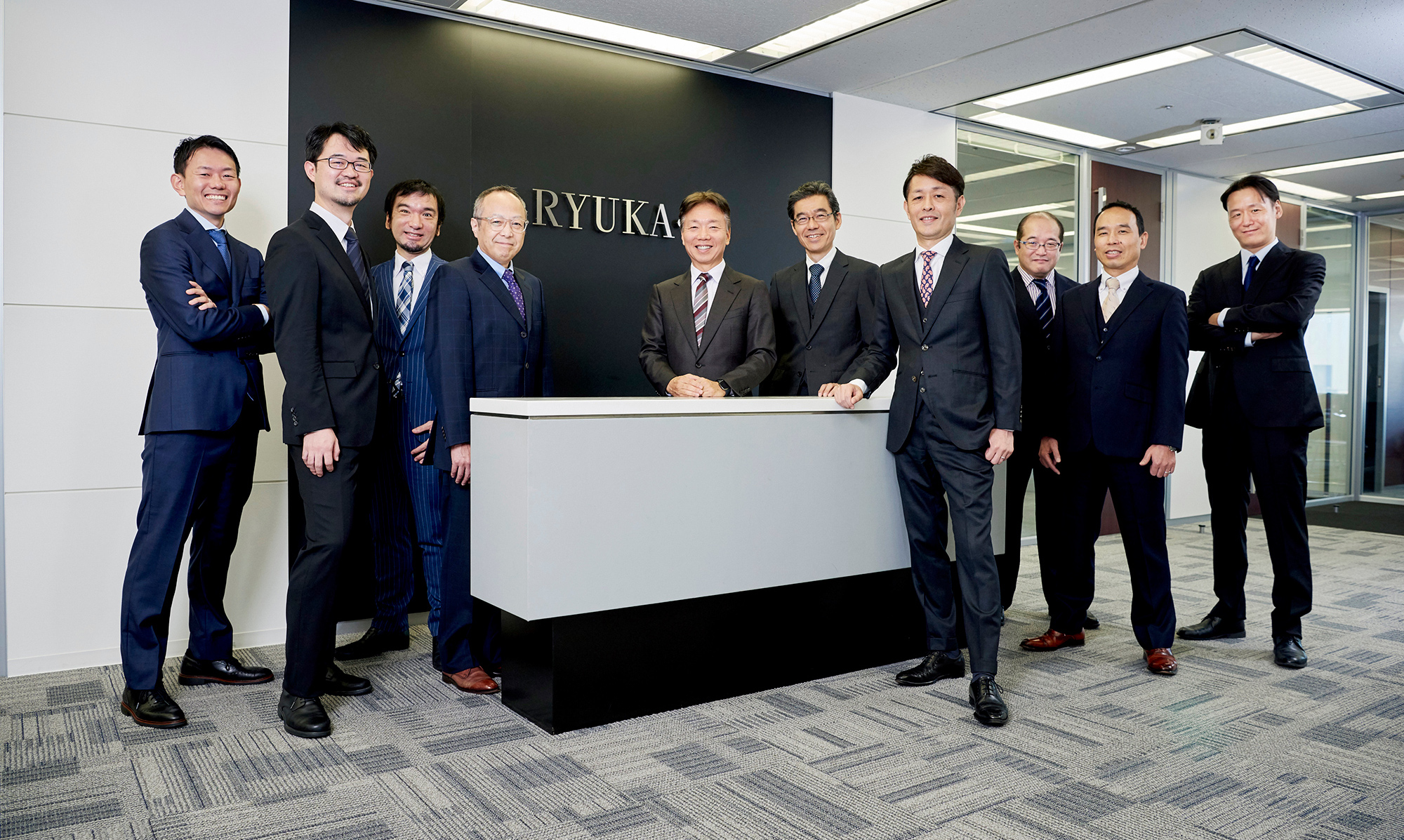NEWS
- Awards
- Patents, Trademarks and Designs
- Firm Updates
Designs
Patents & Utility models
Patents & Utility models
Patents & Utility models
Patents & Utility models
Designs
Patents & Utility models
Patents & Utility models
Patents & Utility models
Patents & Utility models
Firm Updates




